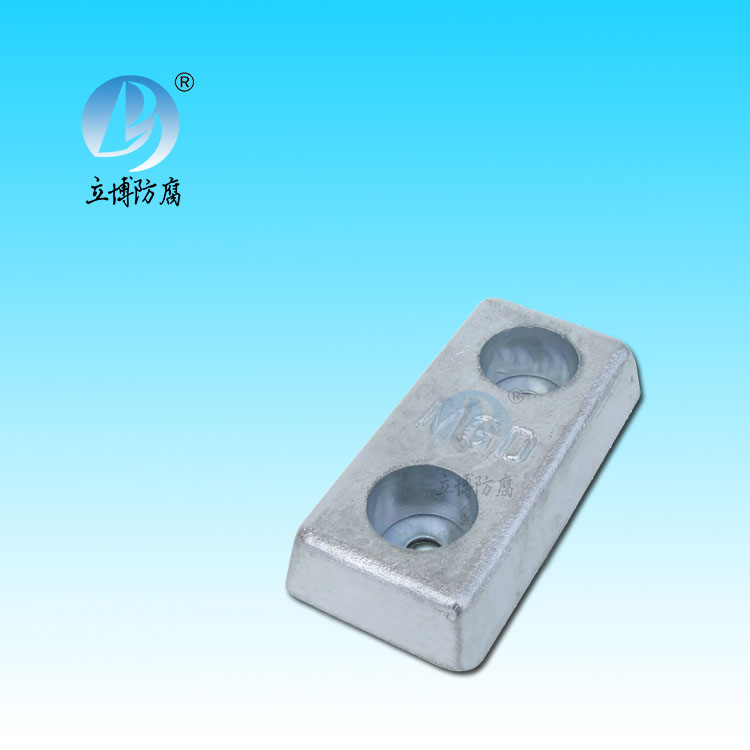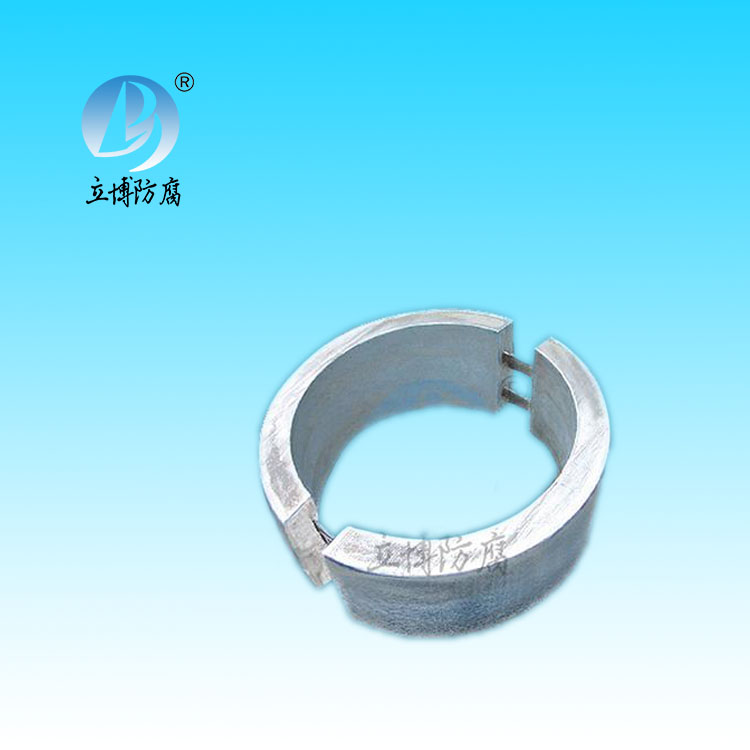News
News
- What is a sacrificial anode
- Basic requirements for reference...
- What does the reference electrode do...
- Why are zinc blocks attached to the ...
- What is the principle of impressed...
- What material does metal structure...
Contact
Phone:18739187123
hotline:0391-7588881
E-mail:970512272@qq.com
Address:Wuzhi County, Jiaozuo City, China
Industry News
Usage of polarization probe
- Author:Libo
- Source:wphotodu.cn
- Date:2021-06-11
- Click:0
Usage of polarization probe
The most effective ways to eliminate the IR drop is using polarization probe test, polarization of the probe is a kind of long-term, high stability and eliminate the IR drop of buried steel pipeline cathodic protection potential measuring probe, mainly is suitable for the corrosion of buried steel pipeline and water control project of cathodic protection potential detection and monitoring, and can simultaneously measure the corrosion potential. It has the characteristics of long-term and high stability, and can eliminate about 90% IR drop in soil by the special structure of the probe.
The polarization probe has three wires (line 1 is red for reference electrode, line 2 is green for polarized specimen, and line 3 is yellow for self-etching specimen).
When measuring the ground potential of the tube, the probe should be first inserted into the soil near the measured body. If the soil is dry, pure water should be poured into the soil around the probe to wet it. After the polarization is complete, the no. 1 reference electrode wire is connected to the ground wire of the multimeter, and the positive electrode of the multimeter is connected to the no. 2 line at the same time to the measured body. After the potential value is stabilized, the cathodic protection potential value of the measured body is read. Replace wire no. 2 with wire No. 3 and connect it to the positive pole of the multimeter. At the same time, do not connect it to the measured body.
If you want to carry out long-term monitoring of the pipeline, it is necessary to put the potential measurement probe as a monitoring electrode buried in the ground for a long time, first of all, the probe into the sacrifice anode used in the packing bag and buried in the soil, and in the soil around the probe poured pure water moist; Connect the no. 1 red wire to the ground wire of the multimeter, and connect the no. 2 wire to the positive pole of the multimeter. At the same time, connect the red wire to the positive pole of the multimeter. Connect the no. 2 connection to the positive pole of the multimeter instead of the No. 3 connection, and do not connect to the measured body. The self-corrosion potential is measured when the potential is stable.
Test the cathodic protection status between test piles
Anticorrosive coating and cathodic protection device are the joint protection of buried steel pipeline, the protection effect is directly related to the service life of the pipeline, so it is very important to test and evaluate the operation status of the cathodic protection system.
The CIPS(dense spacer potential) method was used to test the ON/OFF potential of the pipeline according to the standard spacing.
In the cathodic protection system of buried pipeline, the pipeline to be protected has a tube ground potential test pile every certain distance (for example, one kilometer), which is connected with the metal of the pipe body by wire, and then led to the ground, and the ground is well insulated. The staff of the cathodic protection station regularly use millivoltmeters to measure the pipe-to-ground potential at each point along the pipeline, and observe the attenuation of the applied voltage along the pipeline from the station's power-up point to understand the scope of protection and the areas of abnormal attenuation. However, the results of such measurements are very rough and can only give a rough view of the state of cathodic protection. Due to the existence of IR drop, the pipe-ground potential measured on each pile is not the potential directly applied between the metal surface of the pipe and the contact interface of soil at the damaged point, and the protection effect on the pipe cannot be accurately judged.







 客服QQ
客服QQ